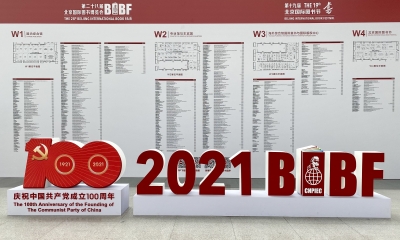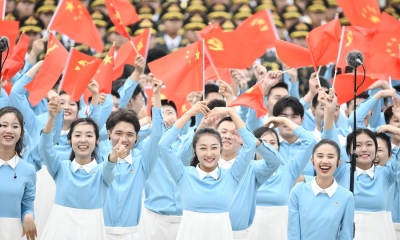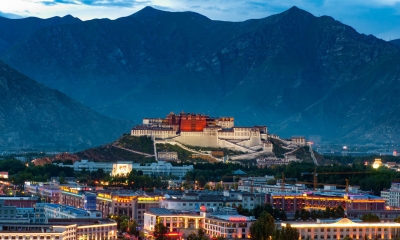Xi-Biden Meeting Reveals Precarious State of China-US Relations
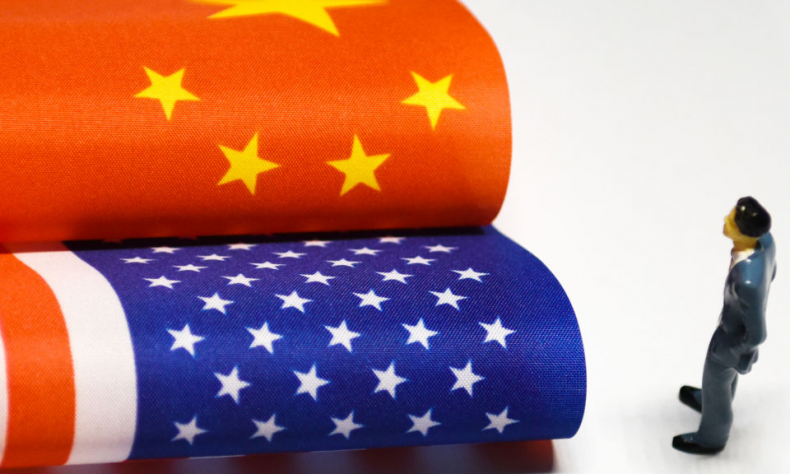
The fact that President Xi and President Biden were forced to discuss ways of avoiding conflict underscores the perilous state of China-US relations.
What should we make of the first virtual meeting between President Xi Jinping and President Joe Biden?
On the surface, the meeting was cordial and both sides agreed it was constructive. The two leaders discussed a wide range of topics and balanced predictable areas of disagreement with “respectful, straightforward, and open” communication. At times, the tone was even jovial with the US president reminiscing over his earlier times spent with the Chinese leader, and President Xi calling Biden his “old friend”.
That said, the meeting was a sober reminder of just how fraught the China-US relationship has become. Bilateral relations have plummeted to their lowest level on record and there’s a growing concern that a new Cold War, if not already underway, is fast approaching.
During the meeting, the topic of military conflict between the two nuclear powers was discussed. Both heads of state agreed that it is their “joint responsibility” to ensure their relationship does not veer into conflict.
China and the US “must avoid conflict”, Xi said. The two sides should re-establish the various dialogue mechanisms, read each other’s policy intentions accurately, and avoid misunderstanding and miscalculation, he added.
Biden agreed. “Our responsibility as leaders of China and the United States is to ensure that the competition between our countries does not veer into conflict, whether intended or unintended,” he said.
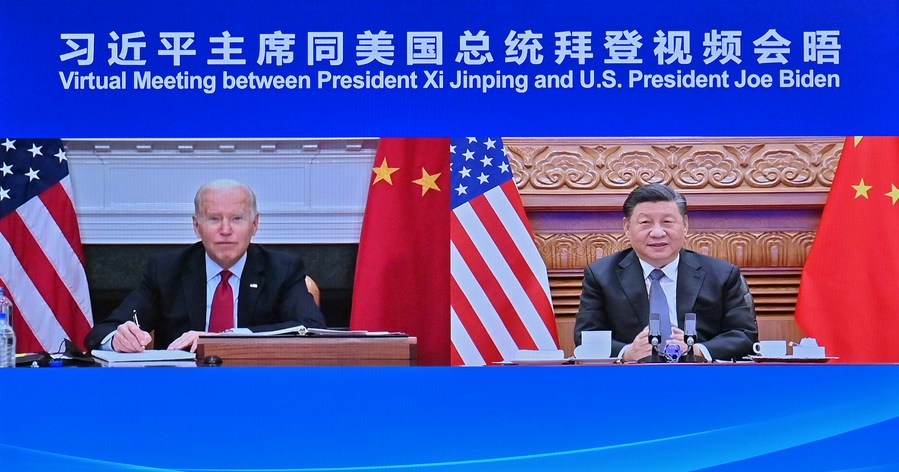
Key takeaways
Talk of conflict and the need to establish “guardrails” underscores just how much of a precarious position the world’s most important bilateral relationship finds itself in. It reveals also just how quickly things can turn from bad to worse.
Only a few months ago, the idea of a new Cold War between China and the United States was dismissed by many as fantasy. Now, the situation has arrived at a point where the commanders in chiefs are forced to discuss ways of avoiding a hot conflict. That the two leaders found themselves in such a situation should remove any remaining doubts about the current state of China-US relations.
“On the one hand, we should probably be pretty happy they’re steering away from war before it can happen but, on the other, it is quite something that they have felt the need to do so,” noted the BBC’s China correspondent Stephen McDonell.
Analysts on both sides agree the Taiwan question presents the greatest risk for potential conflict. Labelled “the most important and sensitive issue in China-US relations,” the Taiwan question was discussed at length during the three-and-a-half-hour meeting.
President Xi told his US counterpart that China will strive to achieve national reunification through peaceful means. But if “the separatist forces for ‘Taiwan independence’ provoke us, force our hands or even cross the red line, we will be compelled to take resolute measures.” He warned that the intention of some Americans attempting to use Taiwan to contain China is “just like playing with fire,” adding “whoever plays with fire will get burnt.”
President Biden affirmed his administration’s support for the one-China policy and said that he does not support ‘Taiwan independence’. Washington’s long-standing policy of “strategic ambiguity” however leaves a big question mark over how events will eventually unfold. The known unknowns in this equation are whether reunification will occur peacefully, and if not, whether the US will become involved.
Beyond the Taiwan question, another considerable risk lies in what either side perceives the other’s intentions to be. If Washington for example, believes China has designs on replacing the US as the world’s number one superpower and Chinese leaders equally believe the US is seeking to “contain” China, how long before one side makes an escalatory move in the name of self-defense?
The world is headed for a “very dangerous place” if Washington and Beijing are unable to stabilize their relationship, former US Treasury Secretary Hank Paulson said following the talks.

Avoiding Conflict
How can China and the United States avoid conflict?
For China’s part, officials have stated multiple times that they have zero interest in conflict with the United States or any other nation for that matter. They have also given assurances that China is not looking to replace America as the de facto global hegemon. It would seem that its longstanding policy of non-intervention and near non-existent military footprint abroad gives weight to its words.
President Biden has too said the US does not want a war with China. But a disconnect between its words and actions remains. Since entering the Oval Office, the Biden administration has been set on building a “coalition of democracies” to take on China. The Quad, and AUKUS in particular, are concerning developments, to say the least.
Viewed from a broader perspective, the United States also has a long history of engaging in conflicts it claimed not to have wanted. Astronomical defense spending, military bases scattered across the Indo-Pacific, and a first-strike nuclear policy don’t exactly help the situation either.
Ultimately, it remains to be seen whether the virtual sit-down will reduce tensions and put the world on a more stable footing. The easing of restrictions on journalists was a welcome step. But, with little measures taken elsewhere, the talks were an acknowledgment of where relations stand, and crucially; where they may end up if the necessary caution, respect, and restraint are absent.
The article reflects the views of the author and not necessarily those of China Focus.
 Facebook
Facebook
 Twitter
Twitter
 Linkedin
Linkedin
 Google +
Google +




